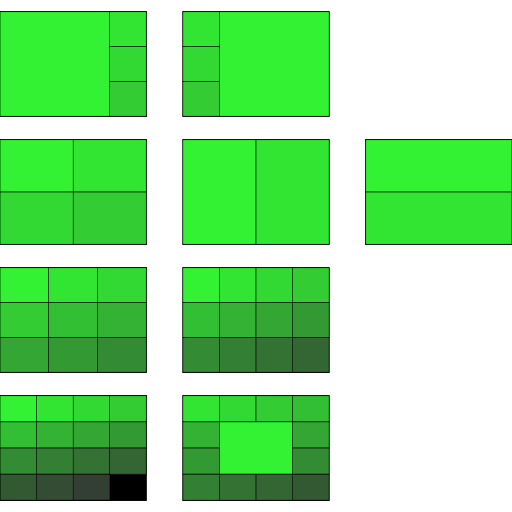Split screen (computer graphics)

Split screen is a display technique in computer graphics that consists of dividing graphics and/or text into non-movable adjacent parts, typically two or four rectangular areas. This is done in order to allow the simultaneous presentation of (usually) related graphical and textual information on a computer display. Split screen differs from windowing systems in that the latter allows overlapping and freely movable parts of the screen (the "windows") to present related as well as unrelated application data to the user, while the former conforms more strictly to the description given in the paragraph above.
The split screen technique can also be used to run two instances of an application, possibly with another user interacting with the other instance.
In video games
The split screen feature is commonly used in non-networked video games with multiplayer options.
In its most easily understood form, a split screen for a two-player video game is an audiovisual output device (usually a standard television for video game consoles) where the display has been divided into two equally sized areas so that the players can explore different areas simultaneously without being close to each other. This has historically been remarkably popular on consoles, which until the 2000s did not have access to the Internet or any other network.
Split screen is useful for people who want to play with other players, but with only one console. In recent years, split screen hasn't been used very often because the new frontier of videogames is playing with other players online, without screen sharing.
Advantages and disadvantages of split screen in video games
Advantages
- Users can see where the other players are
- Users can communicate with the players who are near them
Disadvantages
- Small screens
- User can cheat by looking at the other players' screens, also called 'screen-cheating' or 'screen-peeking'.
- Rendering more screens taxes the hardware, often reducing frame rate or graphical detail.
- More distraction.